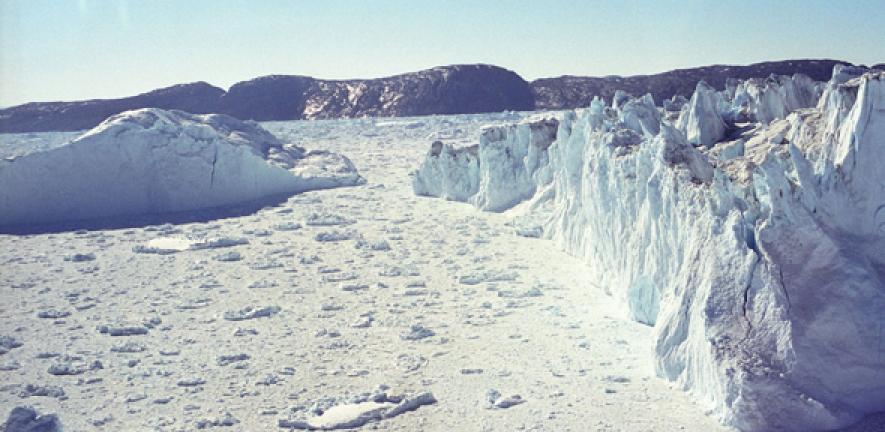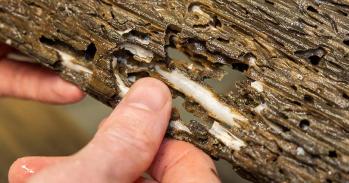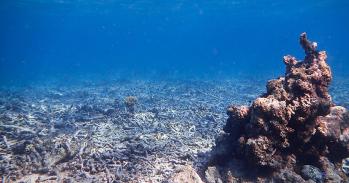
The subglacial lakes are the first to be identified in Greenland.
The subglacial lakes are the first to be identified in Greenland.
I strongly suspect that there are more lakes awaiting discovery as our radar investigations of the ice-sheet base continue
Julian Dowdeswell
The study, published in Geophysical Research Letters, discovered two subglacial lakes 800 metres below the surface of the Greenland Ice Sheet. The two lakes are each roughly 8-10 km2, and at one point may have been up to three times larger than their current size.
Subglacial lakes are likely to influence the flow of the ice sheet which, in turn, impacts global sea-level change. The discovery of the lakes in Greenland will also help researchers to understand how the ice will respond to changing environmental conditions.
The study, conducted at the Scott Polar Research Institute (SPRI) at the University of Cambridge, used airborne radar measurements to reveal the lakes underneath the ice sheet.
“Our results show that subglacial lakes exist in Greenland, and that they form an important part of the ice sheet’s plumbing system,” said lead author Dr Steven Palmer, formerly of SPRI and now at the University of Exeter.
“Because the way in which water moves beneath ice sheets strongly affects ice flow speeds, improved understanding of these lakes will allow us to predict more accurately how the ice sheet will respond to anticipated future warming.”
The lakes are unusual compared with those detected beneath the Antarctic ice sheets, suggesting that they formed in a different manner. The researchers propose that, unlike in Antarctica where surface temperatures remain below freezing all year round, the newly discovered lakes are most likely fed by melting surface water draining through cracks in the ice. A surface lake situated nearby may also replenish the subglacial lakes during warm summers.
This means that the lakes are part of an open hydrological system and are connected to the surface, which is different from Antarctic lakes that are more often isolated ecosystems.
While nearly 400 lakes have been detected beneath the Antarctic ice sheets, these are the first to be identified in Greenland. The apparent absence of lakes in Greenland had previously been explained by the fact that steeper ice surface in Greenland leads to any water below the ice being ‘squeezed out’ to the margin.
The ice in Greenland is also thinner than that in Antarctica, resulting in colder temperatures at the base of the ice sheet. This means that any lakes that may have previously existed would have frozen relatively quickly. The thicker Antarctic ice can act like an insulating blanket, preventing the freezing of water trapped underneath the surface.
As many surface melt-water lakes form each summer around the Greenland Ice Sheet, the possibility exists that similar subglacial lakes may be found elsewhere in Greenland. The way in which water flows beneath the ice sheet strongly influences the speed of ice flow, so the existence of other lakes will have implications for the future of the ice sheet.
“Lakes beneath the Antarctic ice sheet were discovered over 40 years ago by scientists at the Scott Polar Research Institute using airborne radar systems, and the Institute has now been involved in the identification of the first subglacial lakes in Greenland,” said Professor Julian Dowdeswell, Director of the Scott Polar Research Institute, and an author on the paper.
“This is an important finding, and I strongly suspect that there are more lakes awaiting discovery as our radar investigations of the ice-sheet base continue.”
The project, with Prof. Dowdeswell as Principal Investigator, was funded by the UK’s Natural Environment Research Council and was collaborative with scientists at the University of Texas, who supplied and operated the airborne radar equipment, and at Bristol University.
This work is licensed under a Creative Commons Licence. If you use this content on your site please link back to this page.





